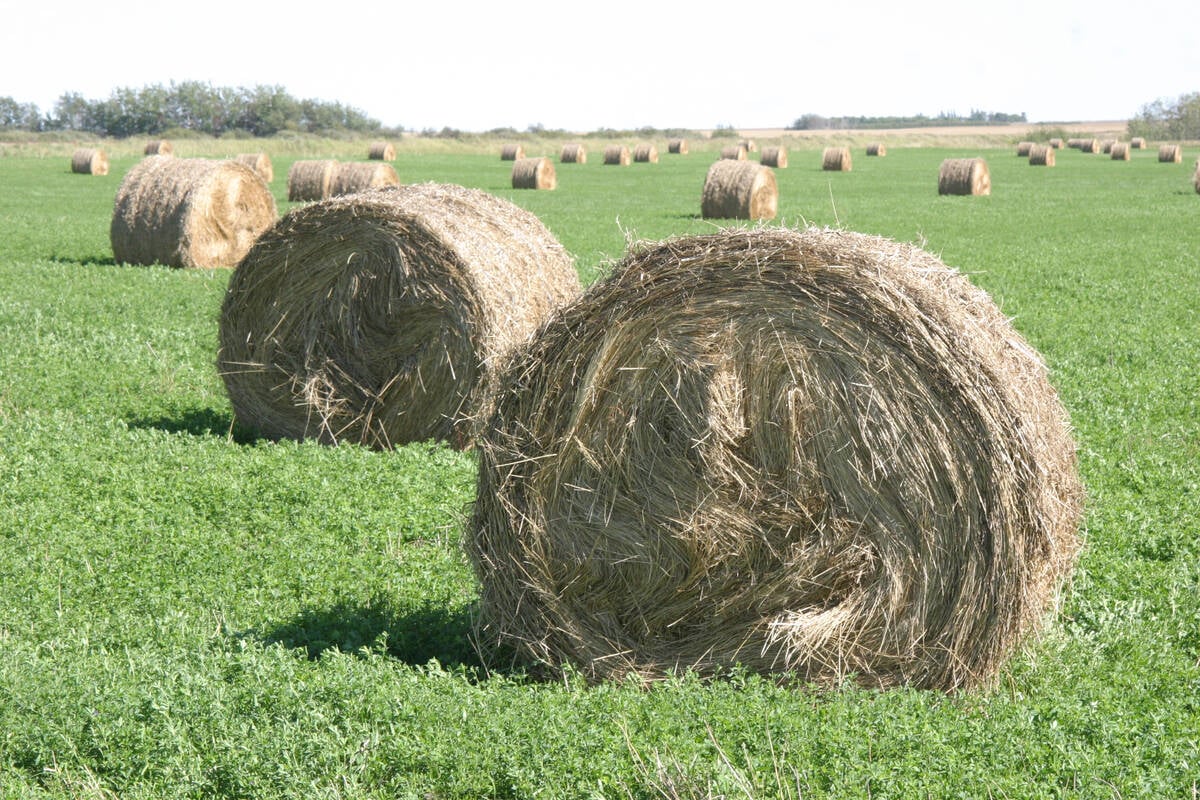LINDELL BEACH, B.C. – Lameness is a common ailment that affects cattle, especially feedlot cattle and stocker calves.
Researchers at Kansas State University want to reduce such incidents.
“The incidence of lameness varies based on production systems (such as) dairy cows, feedlot calves, bull studs or cow-calf operations,” said David Anderson, professor of clinical sciences at KSU.
“In dairy cows, lameness is a common problem and affects 10 to 20 percent of cows in a given herd.”
He identified causes such as the environment, management, nutrition, herd factors and infectious agents such as spirochete associated with bovine digital dermatitis.
Read Also

Breaking down successful winter feeding into six steps
It’s that time of year when it is important to start planning for a cow herd’s winter feeding program. Here are six steps I think are necessary to consider when getting your feed tested.
Anderson said lameness affects one percent of calves in feedlots, but disease outbreaks such as Mycoplasma bovis infection can dramatically increase this.
It can significantly affect producers’ bottom line through production losses.
However, many of these diseases aren’t understood enough.
A damaged hoof or sole can result in ulcers, abscesses or infection of deep tissue. The condition can cause severe pain during weight bearing.
“At this time, no universally accepted methods for objective assessment of lameness exist,” said Anderson.
“We are in the process of developing an algorithm for the study of lameness. We have established a model in which we can control the onset, severity and duration of lameness. This model will allow us to develop robust detection methods for the study of discrete changes in weight bearing and responses to prevention and treatment strategies.”
Anderson is working on pressure map technology, which measures weight bearing and method of stride, while other researchers are analyzing indicators of pain in the blood and studying accelerometry, which uses monitors to measure the behavioural responses of animals.
“Pressure map technology allows us to study every aspect of the way cattle walk,” said Anderson.
“We can map the weight bearing pressure, the direction of force throughout all phases of the stride and measure differences in the way
Accelerometry uses a gyroscope mechanism to show how an animal stands, walks or lies down and is a useful tool in diagnosing potential lameness problems.
cattle move weight from one digit to another as well as from one limb to another. This technology should allow real time monitoring of lameness in herds in much the same way somatic cell counts can be monitored in milk, or feed intake and weight gain can be monitored. This should allow early detection of lameness to optimize treatment of an individual cow (as well as) intervention of lameness outbreaks, which will limit the impact of lameness on productivity.”
Anderson said cattle with two toes per foot walk better, perform better, live longer and have more productive lives than cattle in which one digit has been removed.
New procedures have been developed in the last 10 years to preserve toes. This management is the most successful when procedures are performed early in the progression of a disease.
Drug therapy is complicated because of the threat of contamination to meat and milk.
Researchers hope studying the efficacy of drugs and determining their clearance from the body will help farmers treat cattle, meet production needs and protect the public.
They are researching therapeutic models and identifying drugs such as flunixin and meloxicam to help reduce pain and lameness.
“Accelerometry is a process of using gyroscopic technology to simultaneously measure the position of the limb in three planes: up and down, side to side and front to back,” Anderson said.
“We can determine if a given calf is lying down or standing and if a standing calf is still or walking.”
Researchers can examine an animal for 24 hours using accelerometry monitors to determine how much time an animal spends lying down, moving around or standing still.
“In some of our studies where clinical lameness scores were not different from lame calves with different treatments for lameness, we were able to differentiate calves based on how much time they spent walking during the time they were standing.”
Prevention is the ultimate goal of the research.
Anderson said the KSU researchers frequently discuss lameness research with experts at Canadian veterinary colleges.
“By studying how cattle walk and how the various risk factors influence these patterns, we (feel) we will be able to greatly decrease the incidence of lameness.
“We would fully expect that these technologies would translate well to Canadian dairy farms and feedlots.”














